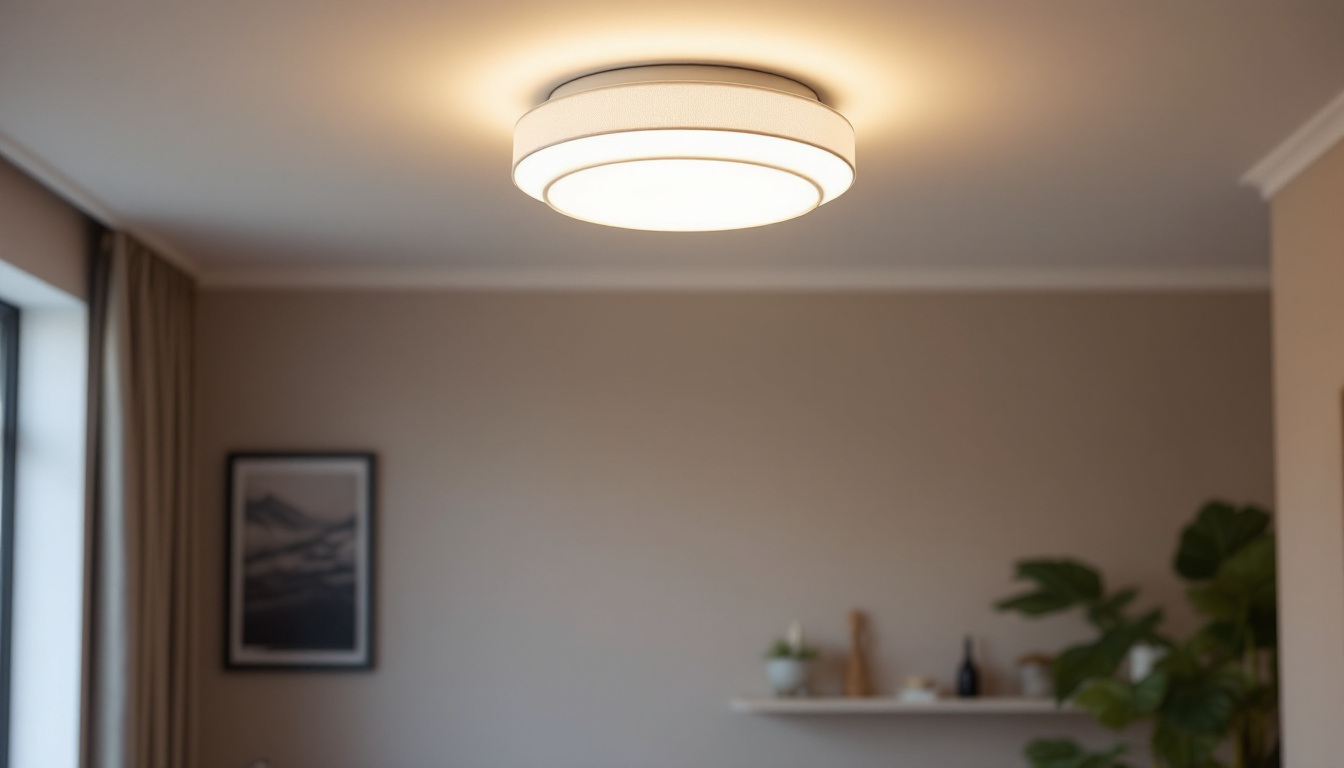
In the world of commercial and industrial lighting, fluorescent light bulbs have long been a staple. Among them, the 4 ft fluorescent light bulbs stand out for their versatility and efficiency. For lighting contractors, understanding the nuances of these bulbs is essential for delivering optimal solutions to clients. This article delves into the various approaches that smart lighting contractors can take when working with 4 ft fluorescent light bulbs.
Before diving into the practical applications, it is crucial to understand what 4 ft fluorescent light bulbs are and how they function. Typically, these bulbs come in a variety of color temperatures and wattages, making them suitable for different environments. Their versatility allows them to be employed in everything from residential kitchens to expansive commercial warehouses, adapting to the specific lighting needs of each space.
These bulbs operate by passing an electric current through a gas-filled tube, which produces ultraviolet light. This light then excites a phosphor coating on the inside of the bulb, resulting in visible light. The efficiency and longevity of fluorescent bulbs have made them a popular choice for both commercial and residential applications. In fact, many businesses have made the switch to fluorescent lighting to reduce energy costs and minimize their carbon footprint, showcasing a commitment to sustainability while enjoying the benefits of bright, even illumination.
There are several types of 4 ft fluorescent light bulbs available in the market, each designed for specific applications. The most common types include T8, T5, and T12 bulbs. T8 bulbs are the most widely used due to their energy efficiency and compatibility with electronic ballasts. T5 bulbs, while smaller in diameter, provide higher lumen output and are often used in settings requiring brighter light. T12 bulbs, although less common today, are still found in older installations. Additionally, advancements in technology have led to the development of high-output versions of these bulbs, which are ideal for environments that demand intense lighting, such as gymnasiums and industrial facilities.
Color temperature is another critical factor when selecting 4 ft fluorescent light bulbs. Ranging from warm white (around 3000K) to cool white (5000K and above), the choice of color temperature affects not only the ambiance of a space but also its functionality. Warmer tones are often preferred in settings like restaurants and homes, while cooler tones are suitable for offices and retail spaces where clarity and focus are paramount. Furthermore, some manufacturers offer bulbs with a color rendering index (CRI) that enhances the appearance of colors, making them ideal for art studios or retail displays where product presentation is key. Understanding these nuances can help consumers make informed decisions that enhance both the aesthetic and practical aspects of their lighting choices.
Proper installation of 4 ft fluorescent light bulbs is essential for maximizing their performance and lifespan. Lighting contractors should be well-versed in the best practices to ensure that these bulbs operate efficiently. This includes understanding the specific requirements of the space being illuminated, as well as the characteristics of the bulbs themselves. A well-planned installation not only enhances the aesthetic appeal of a room but also contributes to energy savings and reduced maintenance costs over time.
The ballast is a critical component that regulates the current to the fluorescent bulb. When installing 4 ft fluorescent light bulbs, it is essential to ensure compatibility between the bulb and the ballast. Electronic ballasts are generally more efficient and quieter than magnetic ballasts, making them a preferred choice for new installations. Contractors should also be aware of the ballast’s power factor, as a higher power factor indicates better efficiency. Additionally, it is important to consider the ballast’s temperature rating, as extreme temperatures can affect performance and longevity. Ensuring that the ballast is rated for the specific environment can prevent premature failures and enhance the overall reliability of the lighting system.
The mounting height and angle of the fixtures can significantly impact the light distribution in a space. For general lighting, fixtures should be mounted at a height that allows for optimal light spread without creating harsh shadows. In areas requiring task lighting, such as workstations, lower mounting heights may be more effective. Contractors should assess the specific needs of each installation to determine the best approach. Furthermore, the angle at which the fixtures are mounted can influence the quality of light emitted; for instance, angled fixtures can help direct light toward specific areas, enhancing visibility and comfort. In spaces with high ceilings, such as warehouses or gymnasiums, using adjustable mounts can provide flexibility in directing light where it is most needed, ultimately improving the functionality of the space.
As energy costs continue to rise, energy efficiency has become a primary concern for many businesses. 4 ft fluorescent light bulbs are known for their energy-saving capabilities, but there are additional strategies that contractors can employ to maximize efficiency. With the increasing urgency to reduce carbon footprints and comply with stricter environmental regulations, businesses are looking for comprehensive solutions that not only cut costs but also promote sustainability.
Daylight harvesting is an innovative approach that involves using natural light to supplement artificial lighting. By strategically placing 4 ft fluorescent light bulbs in conjunction with windows or skylights, contractors can reduce energy consumption during daylight hours. Installing sensors that adjust the artificial lighting based on the amount of natural light available can further enhance this strategy. Additionally, incorporating reflective surfaces and light-colored walls can help to amplify the effects of natural light, creating a brighter and more inviting workspace while minimizing reliance on artificial lighting.
While fluorescent bulbs are energy-efficient, the emergence of LED technology has introduced even more sustainable options. LED replacements for 4 ft fluorescent bulbs offer longer lifespans and lower energy consumption. Contractors should consider the benefits of transitioning clients to LED solutions while also evaluating the cost implications and potential rebates available for energy-efficient upgrades. Furthermore, LEDs emit less heat than traditional fluorescent bulbs, which can lead to reduced cooling costs in warmer months. This characteristic not only contributes to energy savings but also enhances the overall comfort of indoor environments. As technology continues to advance, the development of smart LED systems that can be controlled via mobile apps or integrated into building management systems is becoming increasingly popular, offering even greater flexibility and efficiency in lighting design.
Flickering or dimming lights can be a sign of several underlying issues, including a failing ballast or loose connections. Contractors should advise clients to inspect the fixtures regularly and address any flickering bulbs promptly. In some cases, replacing the ballast may be necessary to restore optimal performance.
Dust and grime can accumulate on light fixtures, diminishing their effectiveness. Contractors should recommend a cleaning schedule to clients, emphasizing the importance of keeping fixtures clean for maximum light output. Additionally, educating clients on the signs that indicate a bulb needs replacement can help maintain consistent lighting levels.
Effective communication with clients is crucial for lighting contractors. Educating clients about the benefits and limitations of 4 ft fluorescent light bulbs can lead to better decision-making and satisfaction.
Clients often seek to understand the financial implications of their lighting choices. Providing a cost-benefit analysis that outlines the initial investment versus long-term savings can help clients make informed decisions. This analysis should include factors such as energy costs, maintenance expenses, and the lifespan of the bulbs.
Beyond energy efficiency, the aesthetic appeal of lighting plays a significant role in client satisfaction. Contractors should engage clients in discussions about how different color temperatures and fixture designs can impact the overall look and feel of a space. By aligning lighting choices with the client’s vision, contractors can enhance the overall project outcome.
The lighting industry is continually evolving, with new technologies and trends emerging regularly. Staying informed about these developments can help contractors remain competitive and provide cutting-edge solutions to clients.
As smart technology becomes more prevalent, integrating smart lighting solutions with 4 ft fluorescent light bulbs is an exciting trend. Smart controls allow for remote management of lighting systems, enabling clients to adjust settings based on their needs. Contractors should explore options for retrofitting existing systems with smart technology to enhance functionality and convenience.
With a growing focus on sustainability, energy regulations are becoming more stringent. Contractors should stay updated on local and national regulations regarding energy efficiency and lighting standards. This knowledge will not only help in compliance but also position contractors as knowledgeable and responsible professionals in the industry.
4 ft fluorescent light bulbs remain a vital component of the lighting landscape, and understanding their applications, advantages, and challenges is essential for lighting contractors. By adopting smart approaches to installation, maintenance, and client communication, contractors can ensure that they deliver optimal lighting solutions tailored to their clients’ needs.
As the industry continues to evolve, staying informed about trends and technologies will empower contractors to provide innovative solutions that enhance energy efficiency and client satisfaction. The journey toward becoming a smart lighting contractor is ongoing, and embracing these approaches will lead to success in the competitive lighting market.
Ready to elevate your lighting game with the most efficient 4 ft fluorescent light bulbs on the market? At LumenWholesale, we provide lighting contractors like you with the highest quality, spec-grade lighting products at prices that can’t be beaten. Say goodbye to local distributor markups and hello to our extensive selection that meets rigorous industry standards. With free shipping on bulk orders, you can stock up on premium lighting solutions that combine quality, affordability, and convenience. Don’t compromise on your lighting needs—choose LumenWholesale for Wholesale Lighting at the Best Value and light up your projects with confidence.

Discover essential tips and common pitfalls for lighting contractors in “Westgate Lights: The Do’s and Don’ts.” Enhance your projects with expert advice on selecting fixtures, optimizing installations, and ensuring client satisfaction.

Discover essential tips and expert advice from leading lighting contractors on choosing and installing weatherproof electrical boxes.

Discover the secrets to enhancing your flagpole lighting with solar power.

Discover the top strategies lighting contractors use to install flushmount lights efficiently and stylishly.